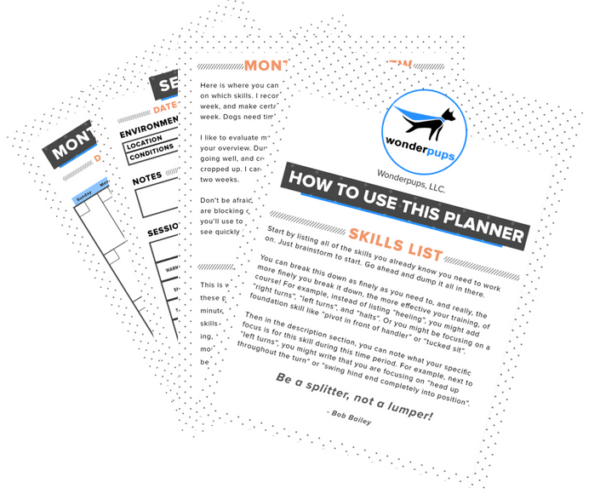In a recent video call with my Zero to CD group, we were talking about what makes a good reinforcer for our training. Specifically, we were talking about toys and play, because we had a chance to hang out with my friend and friend of the pod, Shade Whitesel. But the principles of what make a good reinforcer are really applicable in a more general sense anyway.
Traditionally, we say that a reinforcer is something the learner wants. But it’s not that simple. It’s never simple, is it? It’s important to remember that reinforcement is a process defined by the results. So regardless of what the trainer intends, the effect of the reinforcement can only be measured in seeing how the behavior changes over time.
To paraphrase something Shade says, as trainers we must always be prepared to accept that what we intend to be the reinforcer isn’t actually reinforcing to the dog.
Ideally, for training purposes, a good reinforcer should be:
- Special
- Immediate
- High value
- Controllable
- Repeatable
- Contingent
- Emotional response
Links mentioned:
